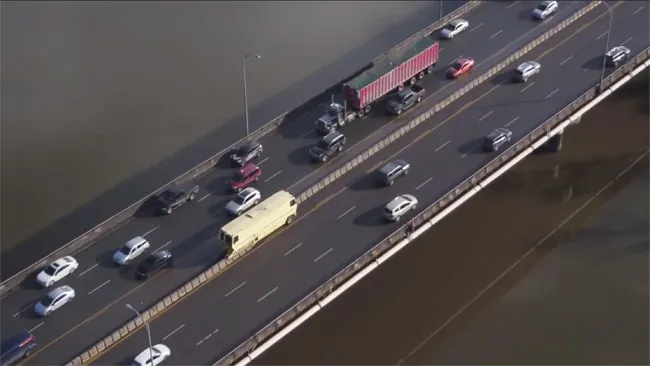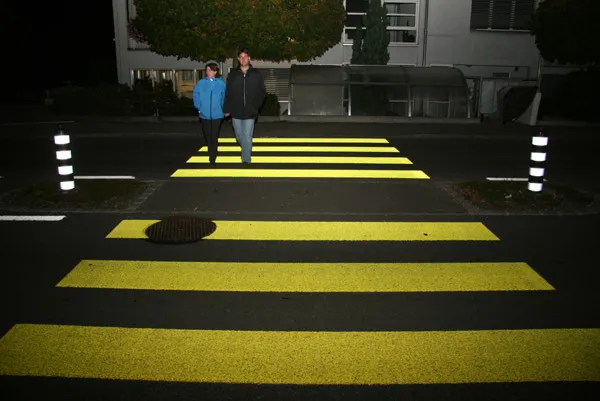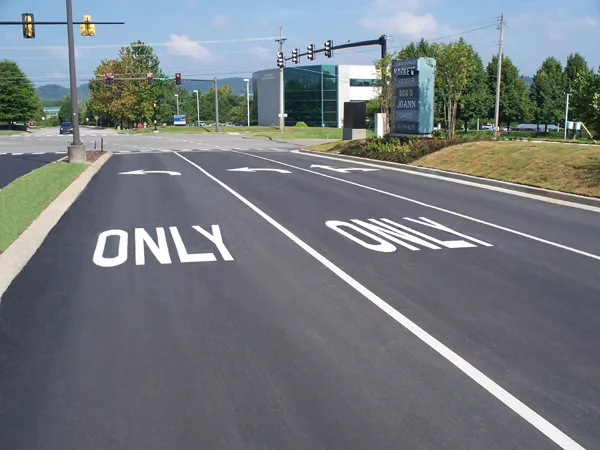industry award. Clearview Intelligence, in partnership with Transport Scotland, Amey and Edinburgh Napier University, has been named as a finalist in the Road Safety, Traffic Management and Enforcement category at the National Transport Awards. It follows the installation of 4,100 SolarLite Active Road Studs along 22.5km of Scotland’s A1 between Dunbar and Berwick following concerns about the unlit road.
The scheme emphasises the delineation of the road layout and junctions, providing up to 900m of visib
January 7, 2019
Read time: 2 mins
A scheme which uses SolarLite Active LED Road Studs to improve safety in Scotland has been shortlisted for a national transport industry award. Clearview Intelligence, in partnership with 4068 Transport Scotland, 2958 Amey and 5954 Edinburgh Napier University, has been named as a finalist in the Road Safety, Traffic Management and Enforcement category at the National Transport Awards. It follows the installation of 4,100 SolarLite Active Road Studs along 22.5km of Scotland’s A1 between Dunbar and Berwick following concerns about the unlit road.
The scheme emphasises the delineation of the road layout and junctions, providing up to 900m of visibility from high intensity LEDs – a distance 10 times greater than that offered by conventional reflective road studs, according to Clearview.
Conventional retroreflective road studs typically provide motorists travelling at 100kph with 90m of visible delineation. This provides approximately 3.2 seconds to react to changes in the road ahead. However, says Clearview, SolarLite studs give drivers travelling at the same speed 900m of visibility to allow them more than 30 seconds to react.
“On average, our SolarLite studs have been proven to decrease night-time accidents by up to 72% and offer superior visibility all year round, even in poor conditions and on wet roads,” said Andy Salotti, director of solutions at Clearview Intelligence.
The scheme emphasises the delineation of the road layout and junctions, providing up to 900m of visibility from high intensity LEDs – a distance 10 times greater than that offered by conventional reflective road studs, according to Clearview.
Conventional retroreflective road studs typically provide motorists travelling at 100kph with 90m of visible delineation. This provides approximately 3.2 seconds to react to changes in the road ahead. However, says Clearview, SolarLite studs give drivers travelling at the same speed 900m of visibility to allow them more than 30 seconds to react.
“On average, our SolarLite studs have been proven to decrease night-time accidents by up to 72% and offer superior visibility all year round, even in poor conditions and on wet roads,” said Andy Salotti, director of solutions at Clearview Intelligence.








